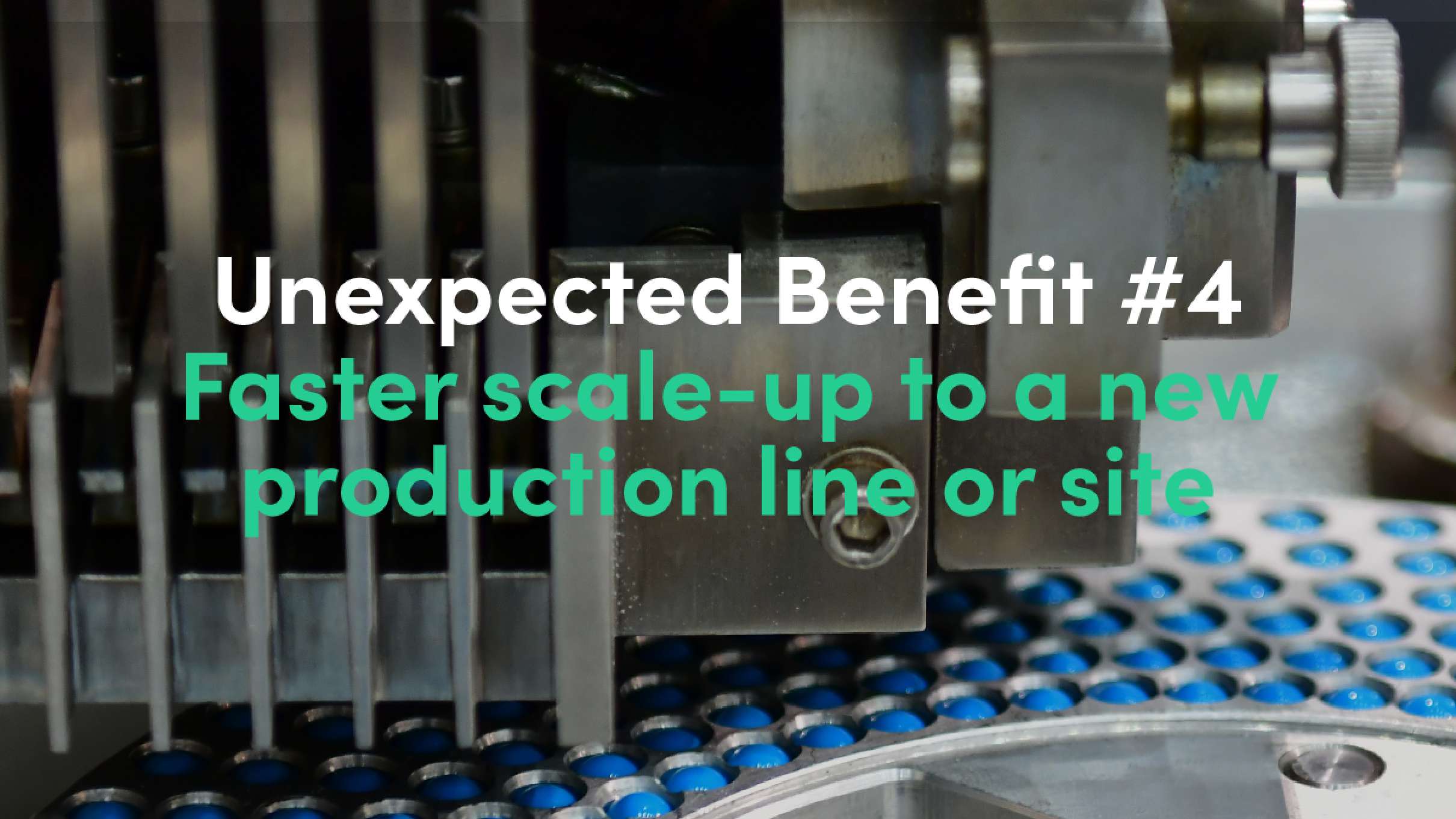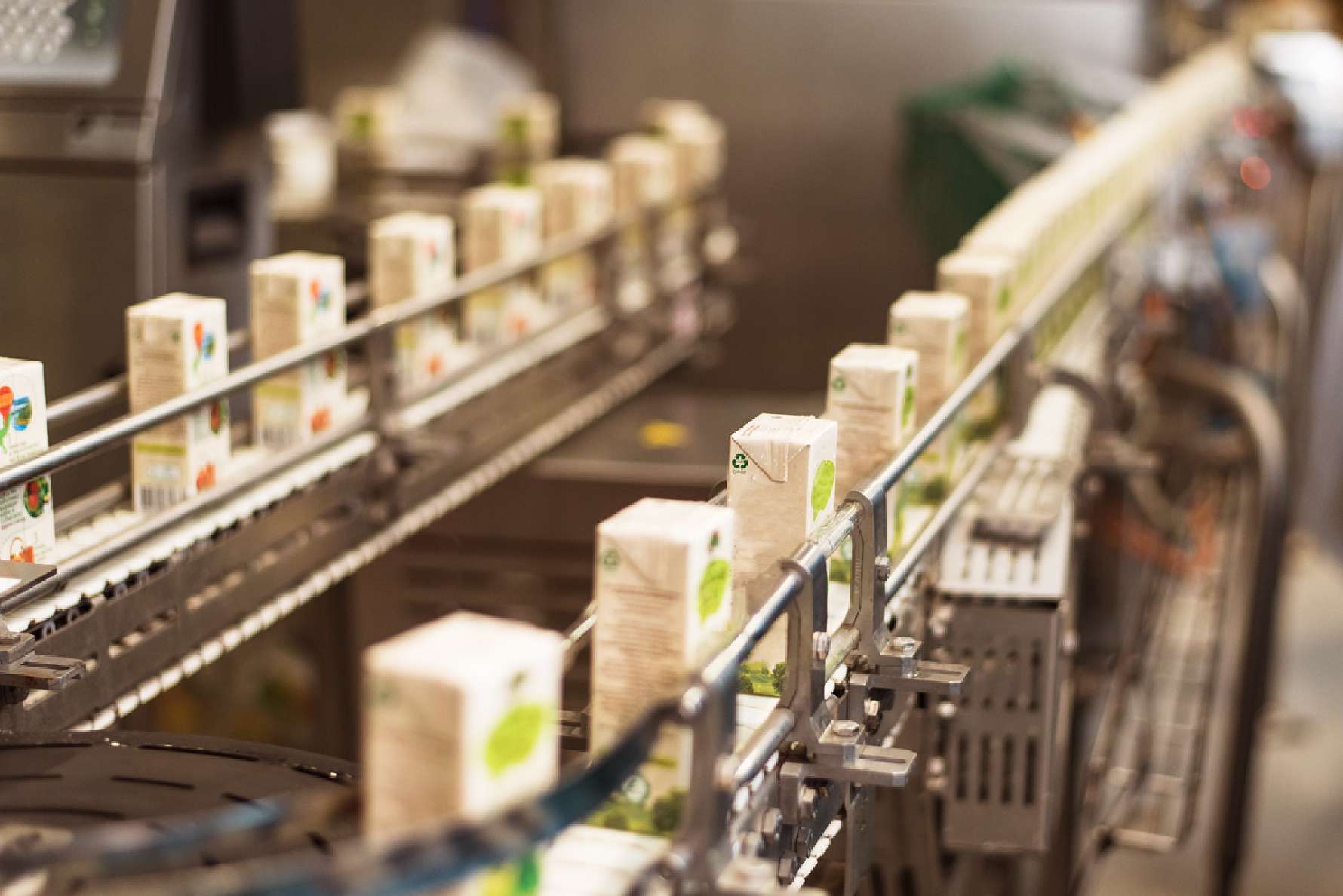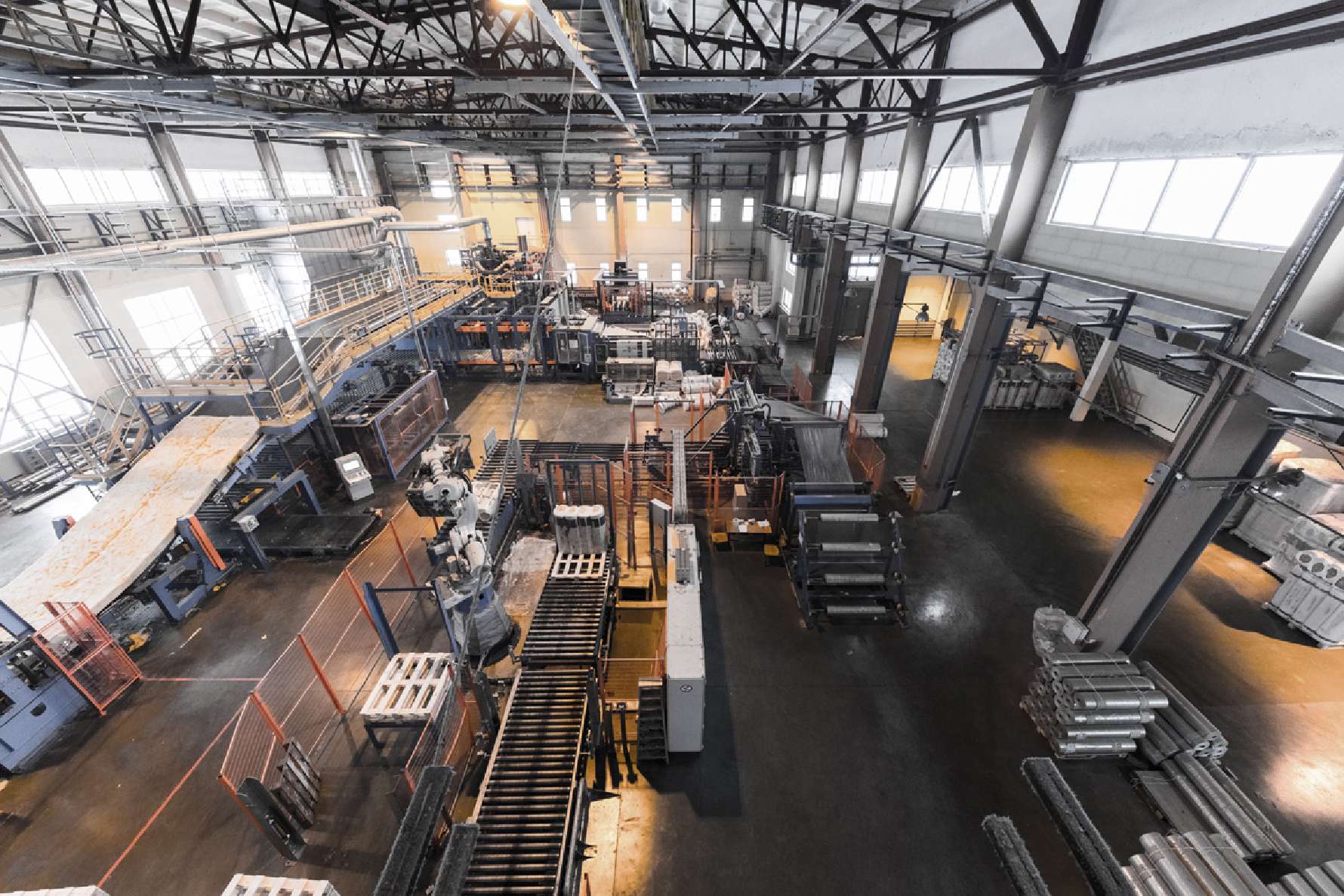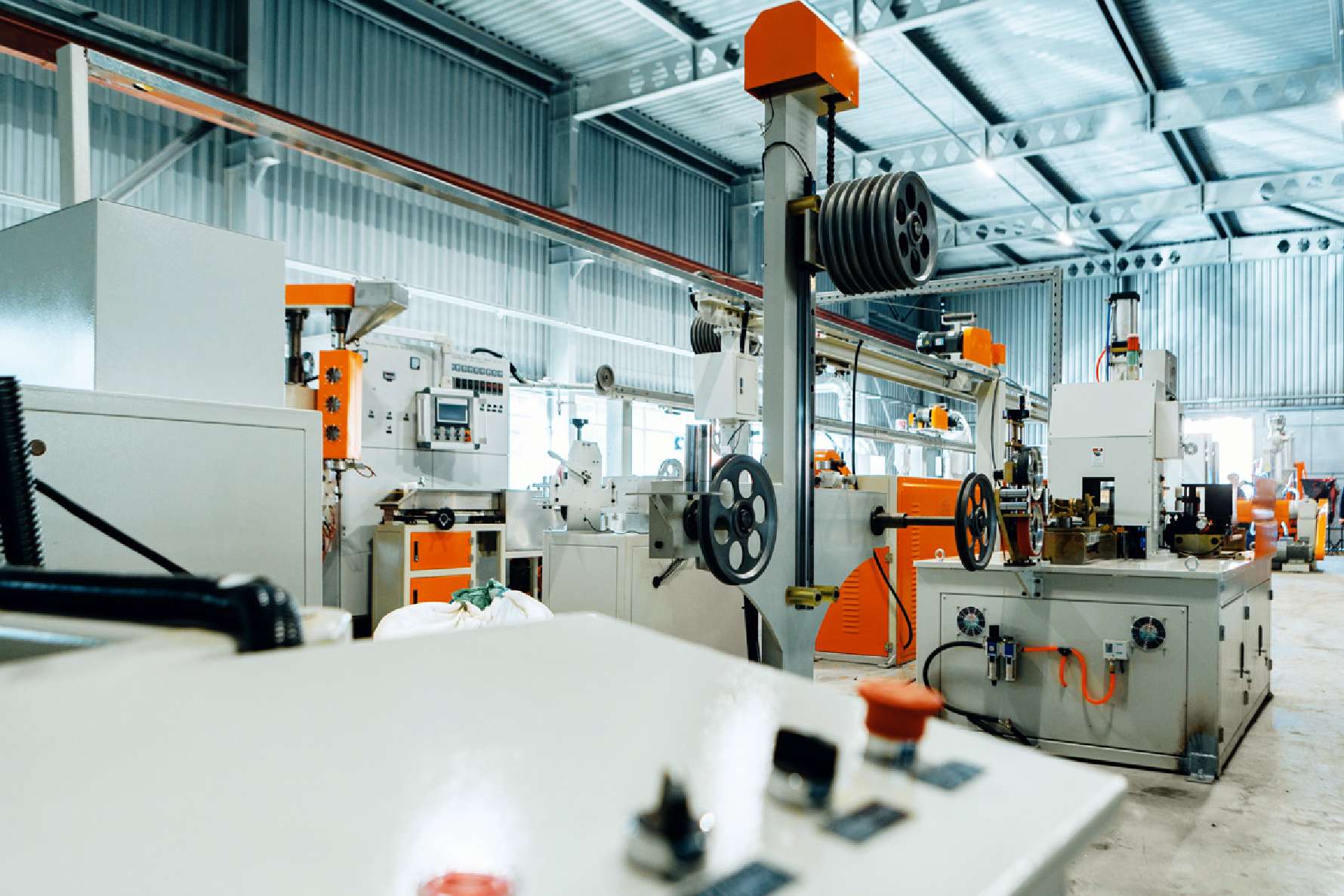Related use case
How our data management software helped yeast supplier Algist Bruggeman improve data integrity, gain more insight in its production process and make better yeast.
Frederik Van Leeckwyck on , updated
In our blog series ‘Unexpected Benefits’ we dig deeper into the underlying advantages of the open source historian – complementing its core business of data collection, data storage and dashboarding. In this fourth article, you will learn how an open historian will also facilitate a faster scale-up to a new production line or site. All aboard?

In three previous articles, we wrote about the underlying power of open historians to raise employee engagement, or their secondary ability to serve as an energy monitoring or Materials Requirement Planning (MRP) tool. In this blog post, we will illustrate the value of the historian when building a new production line, modifying an existing one, or launching an additional production site. Spoiler alert: it will save you time, doubts and money.
Let us first take a look at what is expected from the historian. That is: to deliver actionable process insights through accurate data collection, centralised data management and user-friendly dashboarding. Having a single-source IIoT platform in place, is considered quintessential to any digital transformation strategy. What is more, the historian allows you to start off small and grow the platform further as the needs evolve along the way.
Industrial yeast supplier Algist Bruggeman, for example, simply started out by monitoring temperature data. Ever since, the number of data points in its production site kept on growing organically. Today, more than 60 PLCs are monitoring key information from sensors around the plant. Whenever something goes wrong in the process and people are left with questions, they can easily add new data points to really get to the bottom of the issue.
And what is more, within one single licence, they can add an endless amount of tags or metrics along the road – without having to pay one extra dime.


Assume you need to scale-up to a new production line in order to meet new demands. Traditional automation software often depends on customised systems and interfaces, which can be monolithic, expensive, and difficult to expand without having to do a full rework of the application. In other words: it will take cash and patience before the new line is up-and-running. An open historian, however, will make this process a lot easier, faster and cheaper.
Take this example:
Whenever starting up a new production line, R&D engineers at the industrial bakery supplier Puratos use the historian data to get process insights a lot quicker than before. Does the new production line meet the needs? Is the process running smoothly? Root-cause analysis can be performed in matter of minutes or hours, rather than days. Process data can be matched against existing production lines to compare performance, while new insights and innovations can be instantly applied to other production lines or facilities.


The same logic applies in case your business wants to scale up a new production facility. However, the ‘expected’ return becomes even bigger. Let’s grab another example. Back in 2018, we implemented our historian software at the biomass plant of the Belgian energy supplier A&S Energie. The primary goals of the implementation were to improve plant efficiency, avert costly downtime and decrease reporting time for the management. Job done.

Yet in the meantime, A&S Energie has launched a second biomass plant: A&U Energie. Again, having real-time machine and process data right from the outset, has enabled the company’s process engineers to obtain valuable insights and solve issues even before they occur. This not only resulted in a brand new production site that was up-and-running at a much faster pace, but also in a more streamlined and consistent production process.
Just by making it possible to expand to a new biomass plant faster, our company has already earned back the historian’s licence cost multiple times.
Franky Vanhinsberg
Process Manager at A&S/A&U Energie

In the Fourth Industrial Revolution, businesses need to be able to change gears quickly in case of new product demands or industry innovations. Open historians have the inherent power to become a standardised global platform for innovation, process improvement and production scaling. Rather than having to find out the hard way with every new manufacturing line or facility, having an open source historian in place can make all the difference between quickly thinking that it is working and quickly knowing that it is working.
Factry Historian at your business?
Request a free demo of our historian software.
Schedule a demo